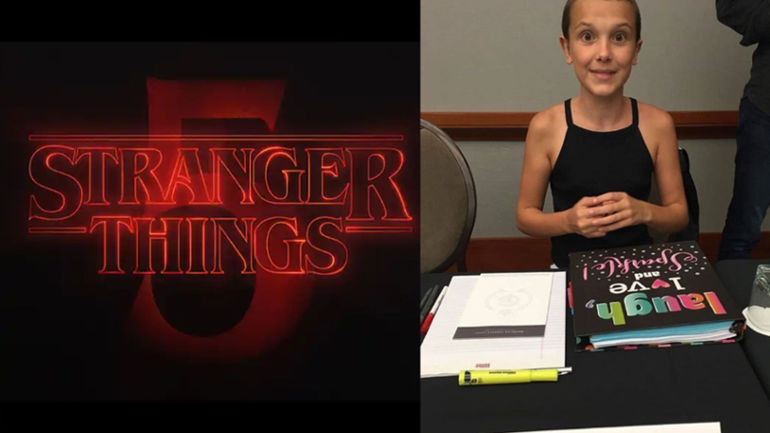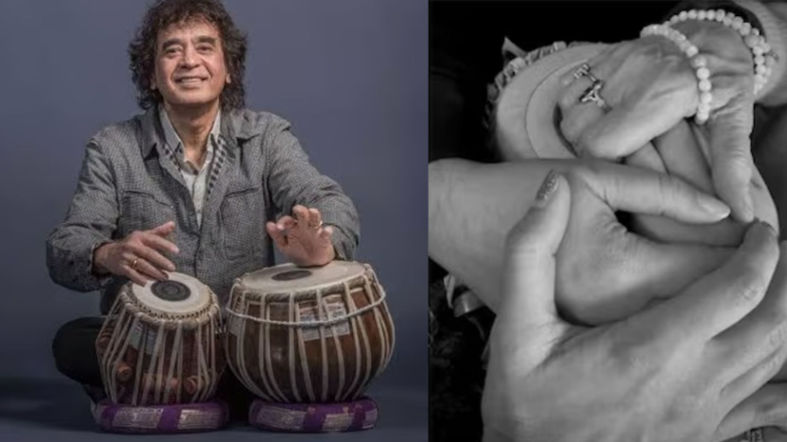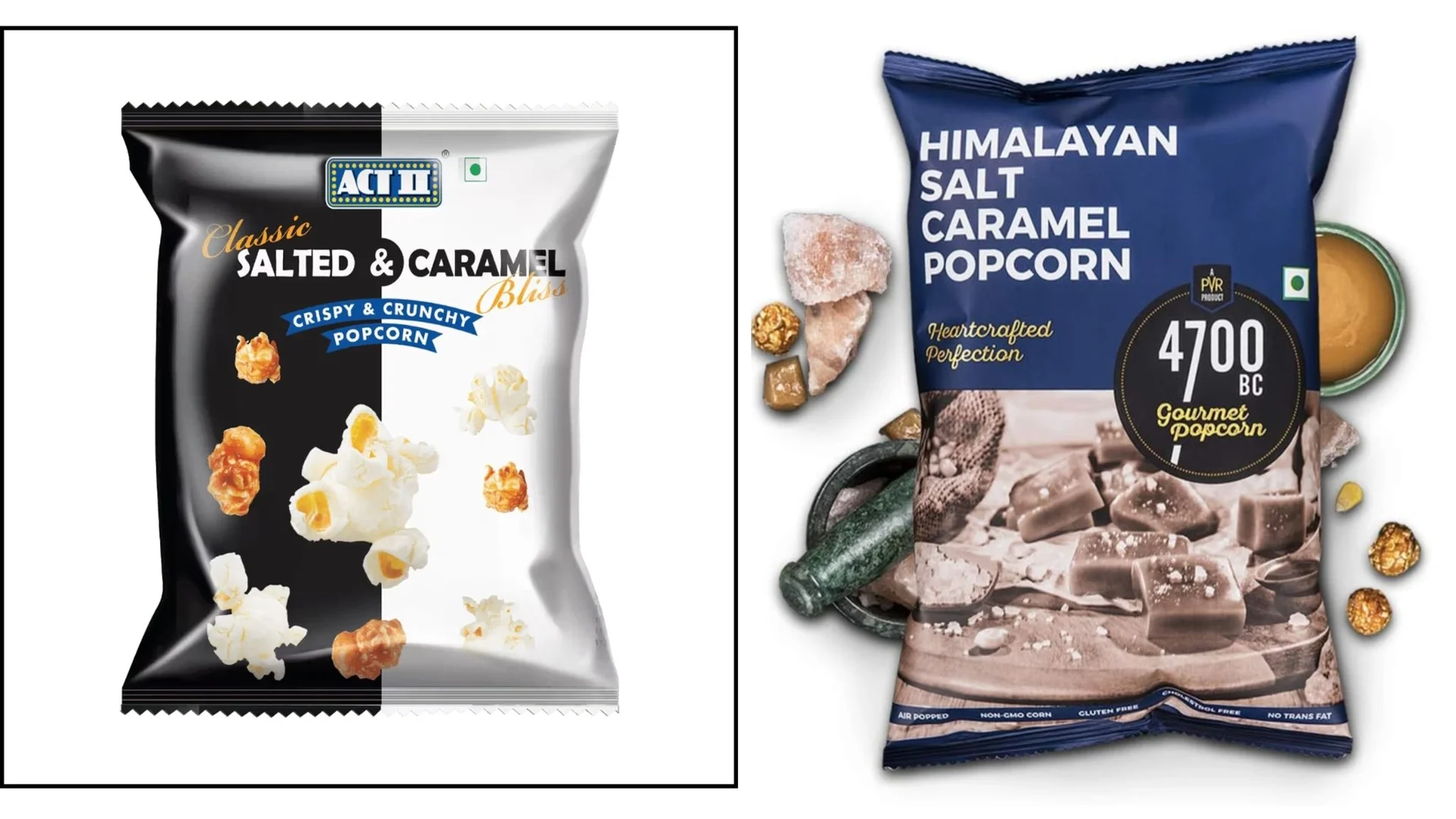The story of Chhatrasal Akhada began in 1988 when Satpal Singh, along with coaches Ramphal Mann and Pradeep Sharma, established it at Chhatrasal Stadium in Delhi. Satpal, who was an acclaimed wrestler, was driven by a personal desire to create a facility that could produce Olympic medallists. He recounts, “Ek mann mein tees thi (there was a pain in my heart of not winning an Olympic medal). That’s why I started the akhada at the Chhatrasal Stadium. I wanted to churn out Olympic medallists for the country.”
Satpal Singh’s Legacy
Satpal Singh, who represented India at the Munich 1972 and Moscow 1980 Olympics, was a distinguished wrestler with multiple Commonwealth Games medals and an Asian Games gold in 1982. Despite his personal Olympic disappointments, he aimed to give future wrestlers a competitive edge by introducing modern training methods, including the first mat at Chhatrasal Akhada in 1992. This innovation was pivotal in shaping future champions like Sushil Kumar.
Training At The Chhatrasal Akhada
At 5 pm, as dusk settles, wrestlers from various age groups begin arriving at Chhatrasal Akhada for their evening practice. The wrestlers stay at an adjacent sports hostel, and coaches Jaibir Dahiya, Anil Mann, and Pradeep Dahiya await their arrival. The athletes perform their customary knee-touch to their gurus before starting their warm-ups, their faces beaming with excitement.
The training regimen at Chhatrasal is both rigorous and selective. Coaches emphasize the value of traditional mud training, which builds resilience and strength. Jaibir Dahiya, a coach and former trainee, explains, “Training in mud helps budding wrestlers attain real strength. Movement in the mud is tough and therefore wrestlers need to use extra force.”
Outside their training, wrestlers seek blessings at a small temple near their quarters, praying to Lord Hanuman for strength.
Selection At The Chhatrasal Akhada
Selections are based on trials, ensuring only those with significant potential are admitted. Anil Mann, another coach, notes, “Our training is very hard and rigorous, and we push the young ones to their limits. Our aim is to ensure medals for the country, that’s why the preparation – right from a young age – is very robust.”
Olympic Glory
The buzz around the akhada is palpable after Aman Sehrawat’s recent triumph as an Olympic bronze medalist in Paris. The excitement echoes the achievements of Chhatrasal Akhada, which has previously produced Olympic medalists such as Ravi Dahiya (silver) and Bajrang Punia (bronze) from the Tokyo Games. The academy, with six Olympic medals to its name, has been a breeding ground for wrestling excellence in India, starting with Sushil Kumar, who won bronze in Beijing 2008 and silver in London 2012.
Coach Jaibir is optimistic about the future, saying, “These ones will win Olympic medals in future, I can guarantee you.”
The Modern Chhatrasal Akhada
Today, Chhatrasal Akhada is a state-of-the-art facility blending modern equipment with traditional values. It attracts wrestlers from across India, including distant states like Maharashtra and Madhya Pradesh. Dhanraj, a wrestler from Maharashtra, remarks, “Yahan ki mitti mein kuch alag baat hai (There is something different here).” The akhada’s walls are adorned with giant photos of past stars like Sushil Kumar and Bajrang Punia, underscoring its legacy.














